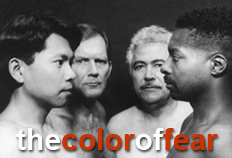Nathan Palmer, creator and author of SociologySource.com, has taken all of the lectures, activities, and assignments, he uses in his introduction to sociology class and put them into one convenient Class Pack. If you are preparing a course in sociology right now this is the product that you need.
The download is available to all members of SociologySource.com. Membership is free and registering is quick and easy.
This is only the beginning:
In the coming months look for updates and new features to be added to the Soc101 Class Pack. The Soc101 Class Pack is in public beta and we look forward to receiving feedback from users. You can also look forward to Class Packs on other sociological topics.











